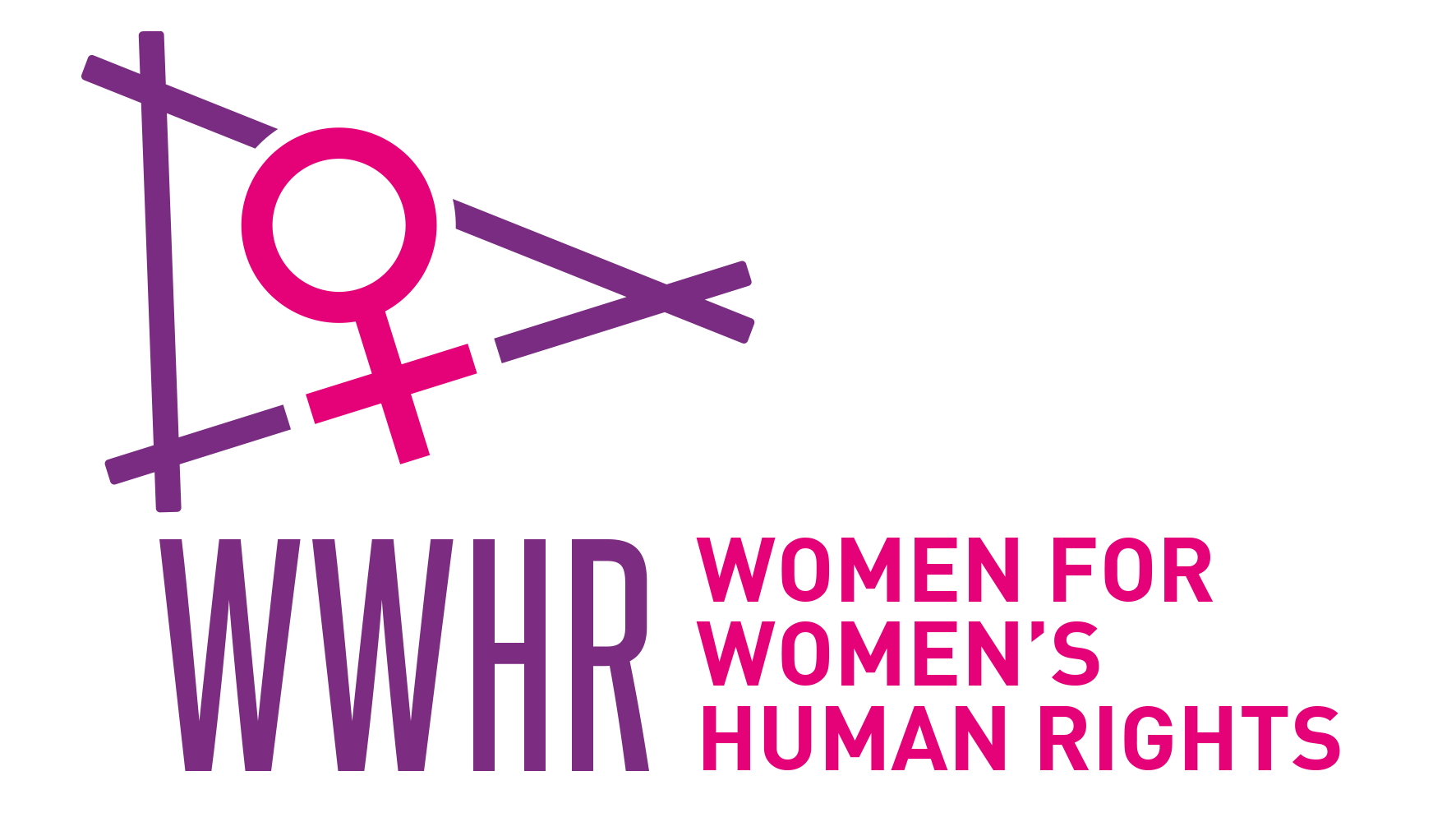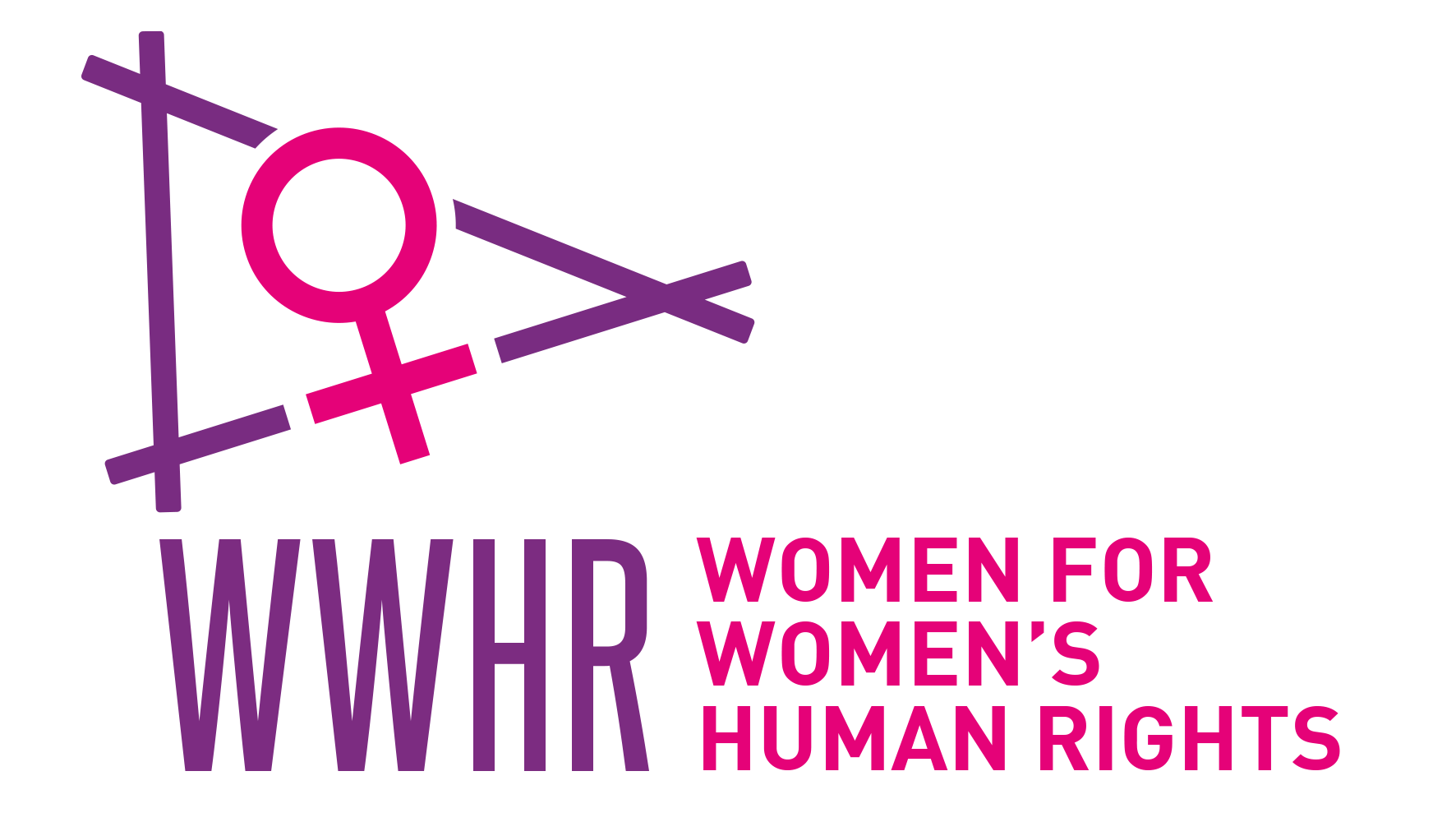About HREP
About HREP
Touching the lives of over 15 thousand women across Turkey and in Cyprus ever since it was inaugurated in 1995, the Human Rights Education Program for Women (HREP) is one of the most widely-implemented, sustainable, and comprehensive rights education programs in Turkey as well as globally. Run in collaboration with the General Directorate of Social Services and Child Protection (SHÇEK) at community centers between 1998 and 2011, municipalities and women’s organizations replaced SHÇEK as the program’s main partners after SHÇEK was disbanded in 2011. Currently implemented by a large number of municipalities and women’s organizations, HREP was recognized in 2004 as “one of the best tactics in human rights worldwide” by the New Tactics in Human Rights Program of the Center for Victims of Torture.
How Was HREP Developed?
HREP was developed based on an overarching objective to enable women to exercise their rights in the private and public spheres, prevent or overcome any violations of these rights, and collectively mobilize for social, legal, and political change.
Field research we conducted on the condition of women in Turkey in 1993-1994 revealed that a great many women were unaware of their rights recognized and protected by law. This finding led to the idea of holding consciousness raising meetings, where in 1994 the seeds of HREP were sown. House visits were thus started in various Istanbul neighbourhoods, in which domestic violence emerged as the main topic of conversation. Met with great interest, these meetings made apparent the need for a comprehensive approach providing various kinds of information not readily available to women. The needs assessment we carried out in light of this in order to gain a better understanding of the situation revealed the following picture:
⦁ Women were unaware of their existing legal rights;
⦁ They lacked the skills and resources to exercise these rights;
⦁ They were subject to traditional and religious practices;
⦁ They were constrained by rigid gender roles;
⦁ They were extremely willing and open to participating in a program providing information about women’s human rights, the legal system, gender issues and sexuality.
Based on these conclusions, we prepared the documentary film titled It’s Time to Say No! and the booklet We Have Rights! taking into account the needs of women with lower literacy levels, in addition to the material we originally used during house visits.
The first pilot was launched in Ümraniye in 1995, and that same year we also carried out our first HREP Training of Trainers (ToT). The 15-module Training Manual developed after the completion of the first pilot implementation was used in a second pilot conducted in Diyarbakır, Gaziantep and Şanlıurfa in 1997. Revised in light of the two pilot experiences and with the addition of a 16th module focusing on women’s organizing and participation in politics based on feedback from the field, the Human Rights Education Program for Women: A Training Manual was prepared for field implementation in 1998.
The Scope, Aims and Beneficiaries of HREP
In order to enable women to exercise their rights in the private and public spheres, prevent or overcome any violations of these rights, and collectively mobilize through grassroots organizing for social, legal, and political change, HREP seeks to achieve the following main aims:
⦁ Develop an awareness of universal norms and existing national legislation on human rights and women’s human rights,
⦁ Compensate for the shortcomings of limited state efforts to inform and educate citizens on human rights and women’s human rights,
⦁ Equip women with grassroots organizational skills for the full and effective exercise of their existing rights and encourage them to organize and mobilize around their self-identified needs.
Specific objectives of the program:
⦁ Enable women to gain awareness of their rights as equal citizens,
⦁ Support women in developing strategies for the integration of rights awareness into everyday practice and the implementation of their legal rights codified in national and international law in daily life, including in the face of “unwritten laws” dictated by custom and tradition,
⦁ Serve as a catalyst for women’s organizing efforts on the local, national and international levels and support grassroots organizing initiatives.
Program content and methodology
Exploring various human rights areas identified in national and international law within a women’s human rights framework, HREP maintains a focus on women’s grassroots organizing and mobilization for social change throughout. The program also aims to create awareness on legal literacy, support women’s self-empowerment, and build solidarity among local group members as well as with other HREP groups across the country. Inviting participants to discuss their own personal experiences on women’s human rights and rights violations, the program employs internationally applied feminist tools and methods in developing and bringing to life a critical consciousness in women, adopting a non-hierarchical approach in relations between participants and group facilitators. Women participating in the program meet once a week in half-day sessions for a period of 16 weeks, taking part in group discussions and activities led by their HREP group facilitator around the following topics:
1. Introduction, Presentation of the Human Rights Education Program for Women, and Needs Assessment
2. Women’s Human Rights
3. Constitutional and Civil Rights
4. Violence Against Women and Domestic Violence
5. Strategies Against Violence
6. Women’s Economic Rights – Section I
7. Women’s Economic Rights – Section II
8. Communication Skills – Section I
9. Communication Skills – Section II
10. Gender Sensitive Parenting and the Rights of the Child
11. Women and Sexuality – Section I
12. Women and Sexuality – Section II
13. Women and Reproductive Rights
14. Women and Politics
15. Feminism and the Women’s Movement
16. Women’s Grassroots Organizing
Beneficiary groups of the program
Direct beneficiaries:
⦁ Adult women in contact with or receiving support from Women’s Counseling Centers or other municipality units providing support services to women under municipalities that are current or potential partners of HREP,
⦁ Adult women receiving support from women’s organizations that are current or potential partners of HREP,
⦁ Over 15,000 women who have completed HREP,
⦁ Around 300 certified HREP trainers who have completed the HREP Trainer Training.
Indirect beneficiaries:
Indirect beneficiaries of HREP consist of persons and groups that haven’t participated in the program but are on the receiving end of its multiplier effect.
⦁ Family members, friends and acquaintances influenced by the increased knowledge, skills and actions of HREP participants,
⦁ Communities, civil organizations and women’s groups/organizations HREP participants are affiliated with,
⦁ Women’s organizations/initiatives founded by HREP participants or group facilitators,
⦁ Women employed in municipalities, women’s organizations or rights-based civil society organizations operating in other areas that are current or potential HREP partners.
How to Become a HREP Trainer?
In order to become a HREP trainer, it is required to successfully complete the HREP trainer training and successive stages: Candidates are selected from among applicants referred by current and potential program partners. Selected candidates then participate in the 13-day Training of Trainers (ToT) run by WWHR. After completing this 13-day course participants start their own local HREP group, during which they continue receiving various kinds of support from WWHR including publications and materials to use during group activities, supportive communication and supervision visits. Once candidates have completed their first HREP field implementation and have been visited and evaluated by a WWHR supervisor, they qualify to become certified HREP group facilitators. In implementing HREP, trainers use a variety of training materials all of which have been produced and developed by WWHR. These include a 400-page comprehensive training manual on how to implement each of the 16 weeks of the program; the illustrated “We Have Rights” booklet series on women’s legal, sexual, reproductive and economic rights; a documentary on domestic violence and sexual exploitation; various research reports a product of women’s human rights research carried out by WWHR; as well as books and booklets on contemporary national and international issues regarding women’s rights and gender equality. Also utilized in HREP sessions is the 12-episode “Purple Series” produced by WWHR in collaboration with national television channel NTV featuring women recounting their experiences of HREP.
Having increased their levels of knowledge and experience by way of facilitating HREP groups, after this point trainers become an authoritative source on gender and women’s rights in their own locality or organization, making positive contributions to their organization and/or community in terms of gender equality.
HREP Implementations
In order to expand the program’s reach, we signed a partnership protocol with the General Directorate of Social Services and Child Protection (GDSS) in 1998, following which we held our first official training of trainers (ToT) course with social workers, psychologists and health professionals working in community centers operated by the GDSS in five provinces. With further trainings in 1999, 2000, 2002, 2005, 2008, 2010, 2013, 2016 (twice) and 2017, the total number of HREP ToT trainings reached 11. While only GDSS employees were admitted into trainings until 2000, with the incorporation of participants from local grassroots organizations emerging from HREP, trainings were eventually made open to those outside the GDSS as of 2002. Run according to the protocol with the GDSS from 1998 to 2012, HREP has mostly been implemented in collaboration with municipalities and women’s organizations ever since 2011, when the GDSS was dissolved and its powers transferred to the Ministry of Family and Social Policy. A total of 259 women have participated in the HREP Training of Trainers up to the present, including 137 GDSS employees and 122 women from municipality support services or women’s organizations.



